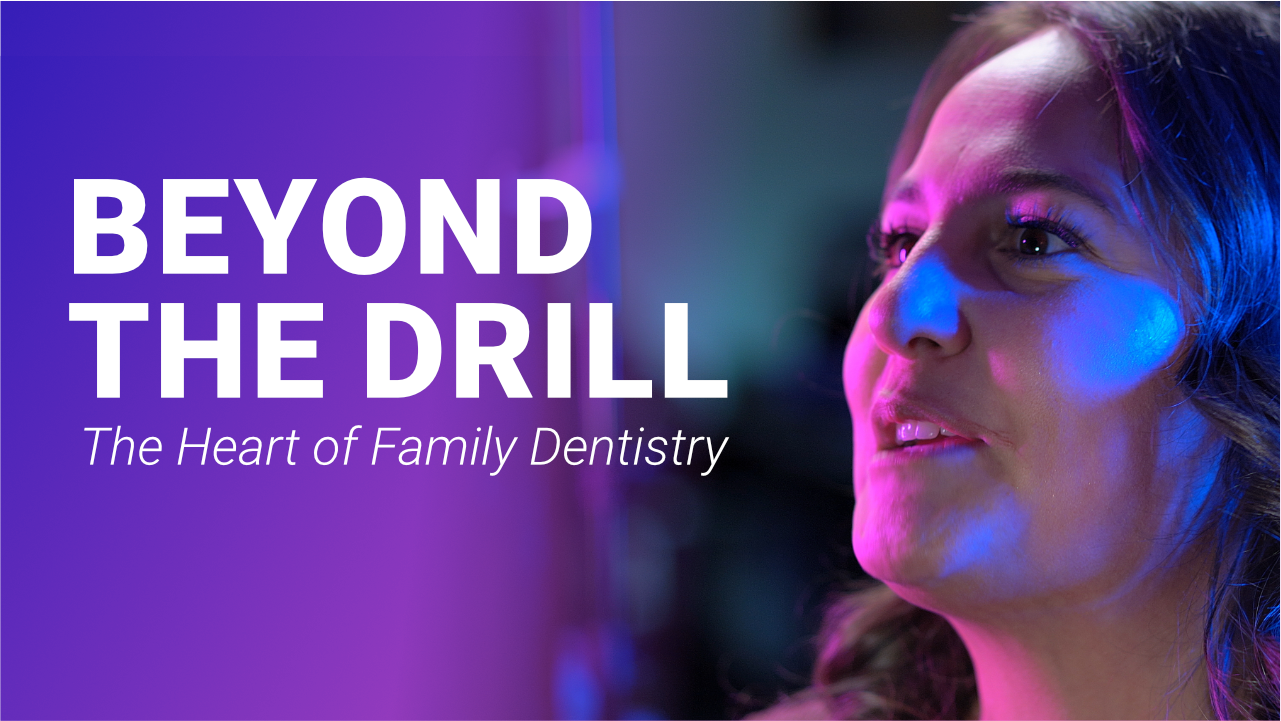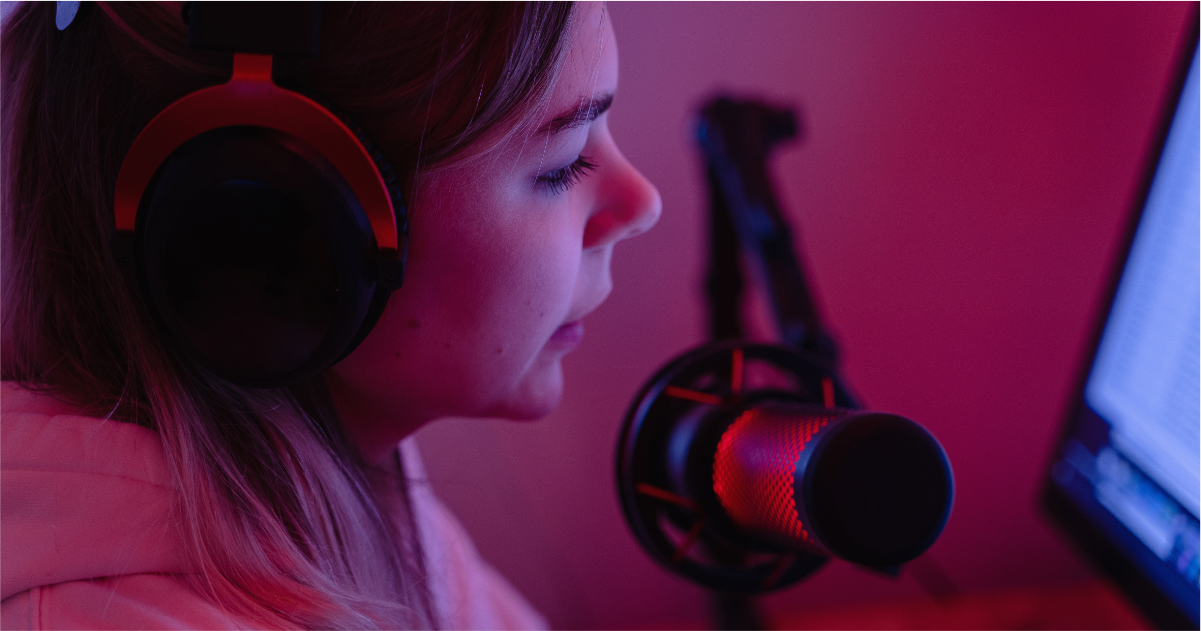The Evolution from Offset to Digital Press Printing and the Transition in Graphic Design
Angelo Rombley • April 27, 2024
The printing and design world has undergone monumental shifts over the last few decades, marked by the transition from traditional methods like offset printing to digital press printing, paralleled by a similar transformation in graphic design with the advent of digital tools and, more recently, artificial intelligence

The Rise of Digital Press Printing
Historically, offset printing was the cornerstone of high-volume publishing, revered for its exceptional quality and cost-effectiveness for large runs. This method involves transferring an inked image from a plate to eventually to the printing surface. Despite its efficacy, offset printing requires significant setup time and cost, making it less viable for short runs and customization.
The emergence of digital press printing marked a significant shift in this landscape. Digital printing eliminates many mechanical steps required for offset printing, allowing direct printing from a digital file. This revolution reduced the time and cost associated with print setups and enabled on-demand printing, customization, and short print runs, which were not cost-effective with offset.
Parallel Shifts in Graphic Design
Similarly, the field of graphic design has evolved. Traditional graphic design was predominantly a manual process involving physical tools like sketchpads and pens and the painstaking process of putting together layouts manually. However, the rise of digital tools transformed the landscape, enabling designers to create and modify their work with software. This increased efficiency, precision, and the ability to make revisions easily.
Today, we are on the brink of another transformation with the integration of AI technologies in graphic design. AI offers tools to automate routine tasks, provide creative suggestions, and generate complete designs based on minimal input. These capabilities are expanding the boundaries of creativity and efficiency in graphic design.
A Tale of Two Pressmen in Miami
Reflecting on personal experiences from Miami, I recall two pressmen during the rise of digital press printing. One embraced the new technology, adapting his business to incorporate digital capabilities. The other resisted the change, clinging to traditional offset methods. The outcome was predictable: the one who adapted thrived, while the other struggled to stay relevant. This anecdote is a stark reminder of the importance of embracing technological advancements.
Embracing Technological Change
Every technological advancement brings apprehension and uncertainty. The transition from offset to digital printing and traditional to digital and AI-enhanced graphic design are perfect examples. Those who embrace these changes often discover new opportunities to enhance their work, improve efficiency, and offer new services that better meet the needs of contemporary clients.
My experiences and observations make the message clear: adapting to and embracing technology is not merely an option but a necessity. As technology advances, professionals in all fields must remain curious, open-minded, and proactive about integrating new technologies into their work.
Conclusion
Whether it's the shift from offset to digital printing or the evolution in graphic design, history has shown us that technology drives industries forward. As we stand on the cusp of AI integration in various fields, it's an opportunity for survival, significant growth, and innovation. By embracing these changes, we can ensure that we are not left behind but are moving forward, shaping our tools to create better outcomes and a brighter future.

This year has been a whirlwind of uncertainty, especially in my business world. Ups and downs left my plans for expanding into more video content and crafting a solid strategy feeling scattered and elusive. Amidst the chaos, Muay Thai emerged as my ultimate stress reliever—a way to channel energy and find some semblance of control. What started as a hobby turned into a game-changer when an opportunity arose to participate in an exhibition match in Connecticut. Signing up for that gave me a concrete goal, something to latch onto in the fog of professional doubts, and a sense of control amid the chaos.

Discover the inspiring journey of Dr. Miranda Cornejo, a family dentist in Valparaiso, Indiana, who left corporate dentistry to prioritize compassionate, patient-centered care. This blog explores how Accent Dental fosters trust, teamwork, and mentorship to create a unique dental experience that goes beyond routine treatments. Learn how advanced dental technology and skilled craftsmanship from Visual Dental Arts support natural, comfortable restorations. Dive into the human side of family dentistry and see why putting people first is reshaping dental care in Indiana.

There’s something about the sound of bike tires on pavement that instantly takes me back to my teenage years in St. Maarten. Back then, my bike was my ticket to freedom—no car, just two wheels, racing through quiet streets, chasing sunsets, and discovering little hidden spots. I’d spend afternoons playing beach volleyball with my friends until the sun dipped below the horizon, the salty breeze mixing perfectly with the fading light. Fast forward to now, here in Providence, with spring finally warming things up, I’m back on my bike, feeling that same rush of freedom all over again.

A few months ago, I had the incredible opportunity to work with a talented husband and wife dental team who are making waves in the world of dentistry. Recently featured in the Journal of Dental Technology, their article titled "Collaboration" showcases their innovative approach to patient care and the unique synergy they bring to their practice.

In a digital age where visual content reigns supreme, video marketing has become a cornerstone for businesses striving to engage their audiences effectively. The comprehensive guide for 2024 delves deep into the realm of video marketing, offering strategic insights and practical tips to help businesses harness the power of videos in their marketing campaigns.

As the dental industry continues to evolve, dentists face the challenge of attracting new patients and engaging with their existing patient base. In a world where dental anxiety is prevalent, dentists must develop innovative content marketing strategies that address patient concerns and create a welcoming environment for potential patients. This blog explores five proven strategies that dentists can implement to enhance their marketing efforts and grow their practice.

With over 20 years of experience in various martial arts, I've found a passion that continuously evolves and enriches my life. Muay Thai is a mighty physical endeavor and a significant mental and social stimulant among these disciplines. This traditional martial art, also known as Thai boxing, has done more than keep me physically active—it has sharpened my focus, boosted my energy levels, and provided a sense of purpose outside of the usual office environment.




